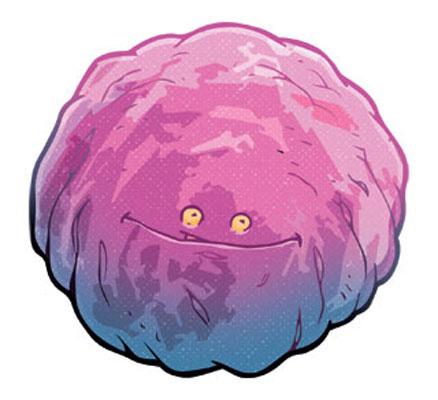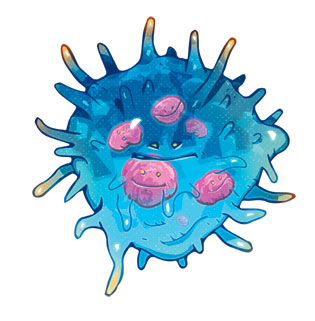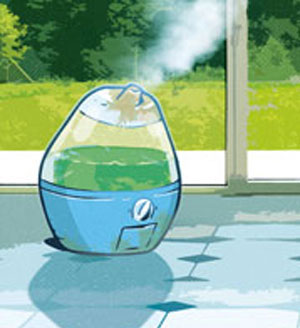By continuing your visit to this site, you accept the use of cookies.
Learn + I agreeParachlamydia acanthamoebae

The bacteria species Parachlamydia acanthamoebae is classified in the same group as chlamydia1. Like chlamydia, these are strictly intracellular2. It was discovered in 1989 during an outbreak in a printing house in the United States caused by the water from a humidifier containing amoebas3.
These amoebas had Parachlamydia acanthamoebae bacteria in them.
Parachlamydia acanthamoebae is found in our environment, especially in stagnant water. It can possibly be transmitted to the respiratory tract when we breathe in aerosols4 produced by humidifiers, sprayers, or badly maintained air conditioners.

It preys on the weak
During that outbreak, patients suffered from fever and symptoms similar to those of the flu.
Later on, several scientific studies suggested that the bacterium Parachlamydia acanthamoebae can cause bronchitis and pneumonias, especially in patients with weak immune systems5 (young kids, pregnant women, transplant patients and cancer patients undergoing chemotherapy).


Luckily, Parachlamydia acanthamoebae infections are rare: they represent less than 4% of pneumonias. These bacteria are benign in people in good health and antibiotic6 treatments are very effective.
Chlamydia1 = There are several species of Chlamydia. They can cause a broad range of diseases. One of these bacteria, Chlamydia trachomatis is responsible for a rather frequent sexually transmitted infection (STI), touching about 5% of the sexually active population in Europe. The infection is often asymptomatic and usually goes unnoticed. Women, who have been exposed to Chlamydia trachomatis can become sterile or suffer a miscarriage.
Intracellular2 = Defines a bacterium that needs to be inside a cell to survive and multiply. Some bacteria are strictly intracellular, since they cannot multiply outside of a cell. Then there are facultative intracellular bacteria that can replicate even without a host cell. The strictly intracellular bacteria are difficult to grow in the laboratory and thus often remain undetected with cultivation methods routinely used for diagnostic purposes.
Amoeba3 = Small living single cell organism, which is capable of moving. It is naturally found in our environment, especially in water and humid zones. Some bacteria and viruses can multiply in amoebas, making them reservoirs for these microbes.
Aerosols4= Water droplets that can be transported by wind and air and enter our respiratory tracts.
Immune system5 = Set of mechanisms (antibodies, white blood cells…) protecting us from infections.
Antibiotic6 = A drug which allows to kill bacteria or at least to stop their growth. Antibiotics act against bacteria, but do not help treat diseases caused by viruses and parasites.
